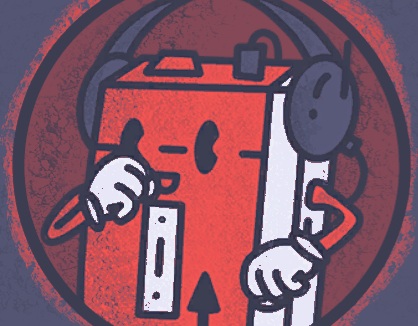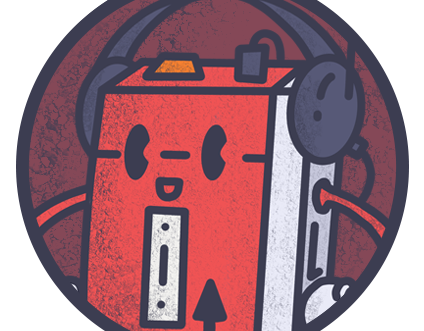I was in charge of the Game Design and Level Design
“This Was Fine” is a sandbox game where many NPC's interact with each other in a confined environment. Each character follows a routine that they repeat in a loop, which is managed in an emergent manner.
The player's goal is to disrupt this routine by interfering with the characters. Since the routines are interconnected, disrupting certain characters can trigger a catastrophic chain reaction.
Platforms : PC
Software and tools : Unity, GitHub, Trello, Draw.io
_________________________________________________________________________
Game Design :
• AI design
Level Design :
• Choice of location
• Iteration
• Final map
Situation : Feu dans la cuisine
Game Design
AI Design
The AIs play a central role in our game, as they are what the player interacts with. I was responsible for designing and testing them.
We started by creating simple AIs that move from one point to another in order to fine-tune how they navigate and avoid getting stuck between each other.
Next, we took inspiration from The Sims for the behavior. Our AIs have meters that allow them to make logical decisions based on their needs. However, instead of primary needs, the meters correspond to the urgency level of an action. For example, if a dish is in the oven, when it’s ready, its priority becomes the highest, prompting the character to interact with it.
AI pathfinding test
Now that our AIs are working, we need to design chains of actions that interact with each other. To achieve this, we decided to implement different types of AIs. Each type has a similar chain, allowing us to create longer and potentially more complex sequences.
First integration of cooks behavior
Chain of action plan for NPC
Each square represent an action : a name, the type of AI associated et the next action
Each cube represent an object either create by an action, or in the AI's filed of view
Level Design
Choice of location
The location is very important for our game because it determines how many NPCs there are, what’s their role, how they interact with the environment and with each other.
We hesitated between multiple locations like a mall or a hotel, but we chose a restaurant by considering the time we had to create the game. It’s a restrained and codified place that allows us to create better interaction instead of their number.
View of the restaurant
Iterations
Our first iteration consisted of a small restaurant which contained a kitchen, a cold room, a dining room, a bar and toilets. This small map allowed us to prototype faster and check AI problems faster too.
But because the map was too small, the NPCs kept running into each other and they fixed their problems too fast. So we had to build a bigger one.
First restaurant iteration
Team
Berthier Sébastien
Coustenoble Antoine
Denis Bastien
Delzangles Paul
Helderald Matthias
Limon Théo
Coustenoble Antoine
Denis Bastien
Delzangles Paul
Helderald Matthias
Limon Théo



